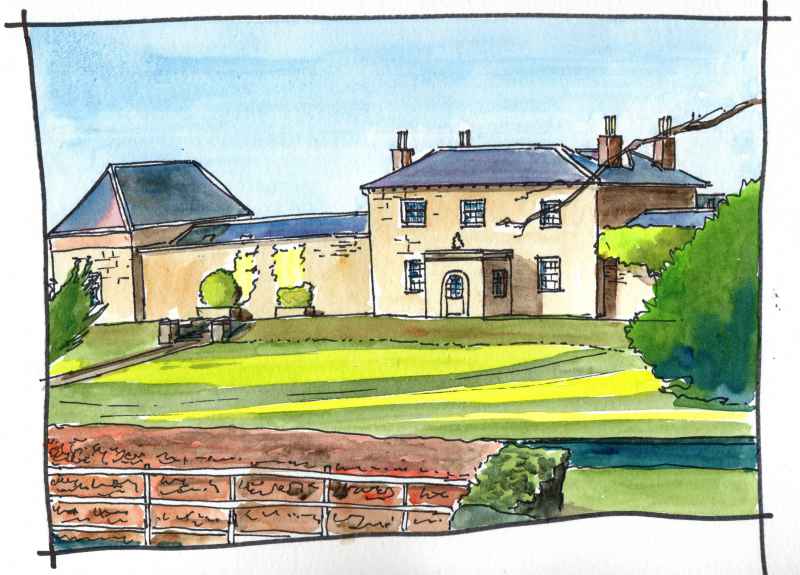In the field next to to Ballykelly Church is this elegant building. Now a private hospital with modern buildings to the rear, it was built as a model farm by the Fismonger’s Company in 1823 with wings to each side opeing to the farmyard behind and maintaining a formal facade to the road. Like in the nearby village of Eglinton the lease for the ‘proportion’ in which this village is situated reverted to the London company of the Fishmongers on the death of King George III in 1820. They also set about a vigorus campaign to improve and beautify their village in the mid nineteenth century. This was one result.
|
|
|


